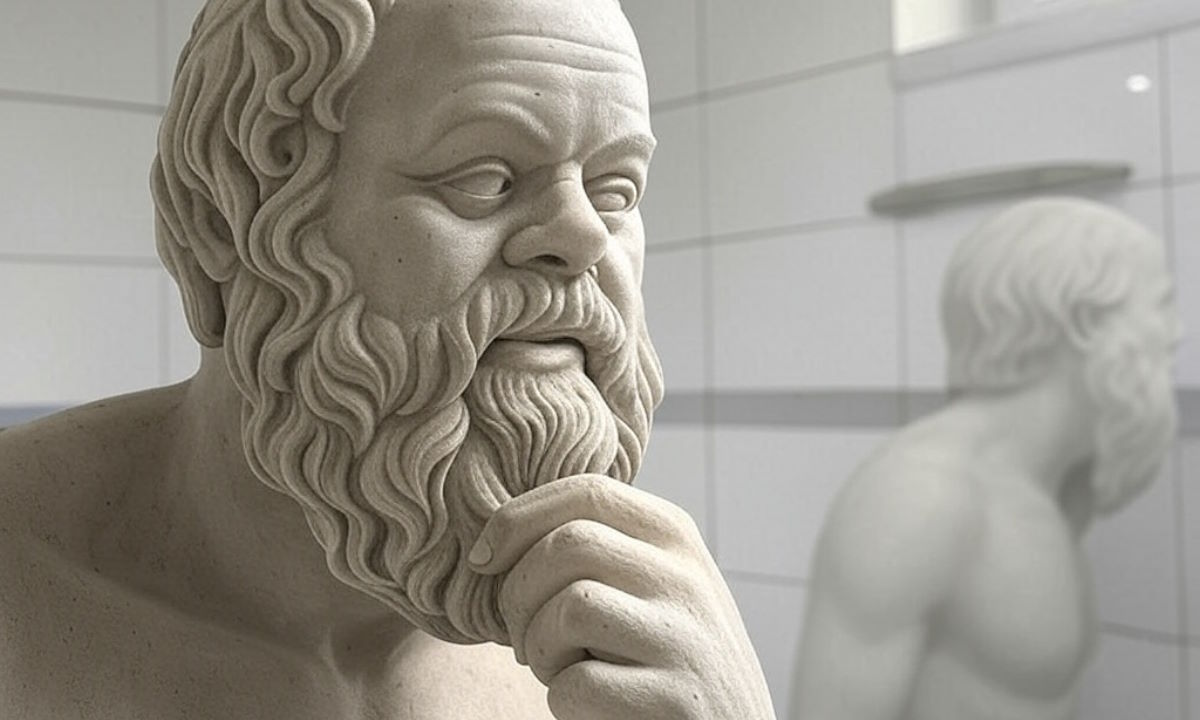The eternal residence of King Philip II.
The funeral of Philip II in 336 BC was performed, as imposed by tradition, in Aigai. It was the most lavish funeral ceremony of the historic times held in Greece. In a monumental death chamber, laid on an elaborate gold and ivory deathbed wearing his precious golden oak wreath, the king was surrendered, like a new Hercules, to the funeral pyre. Alexander is now the king of Macedon. A “high priest” and a mystis (the initiated one), a hunter and a “symposiast”, an army leader and a legislator, Philip, the hero, descends to his eternal residence, which is reached by a ramp and has the form of an underground barrel-vaulted building with two chambers and a monumental façade. The concept of the “Macedonian tomb”, similar to the platonic concept of the leaders’ burial in an ideal state, interweaves a palace and a temple. The portraits of the two kings, father and son, are depicted in the hunting scene of the tomb’s façade, as well as on the gold and ivory deathbed in the chamber.
In the tomb’s antechamber, Philip’s Thracian wife, Meda, is buried with him.
Watch the video:
The Tomb of Philip II in Vergina 3D reconstruction. Constructed in 336 BC following his assassination.








